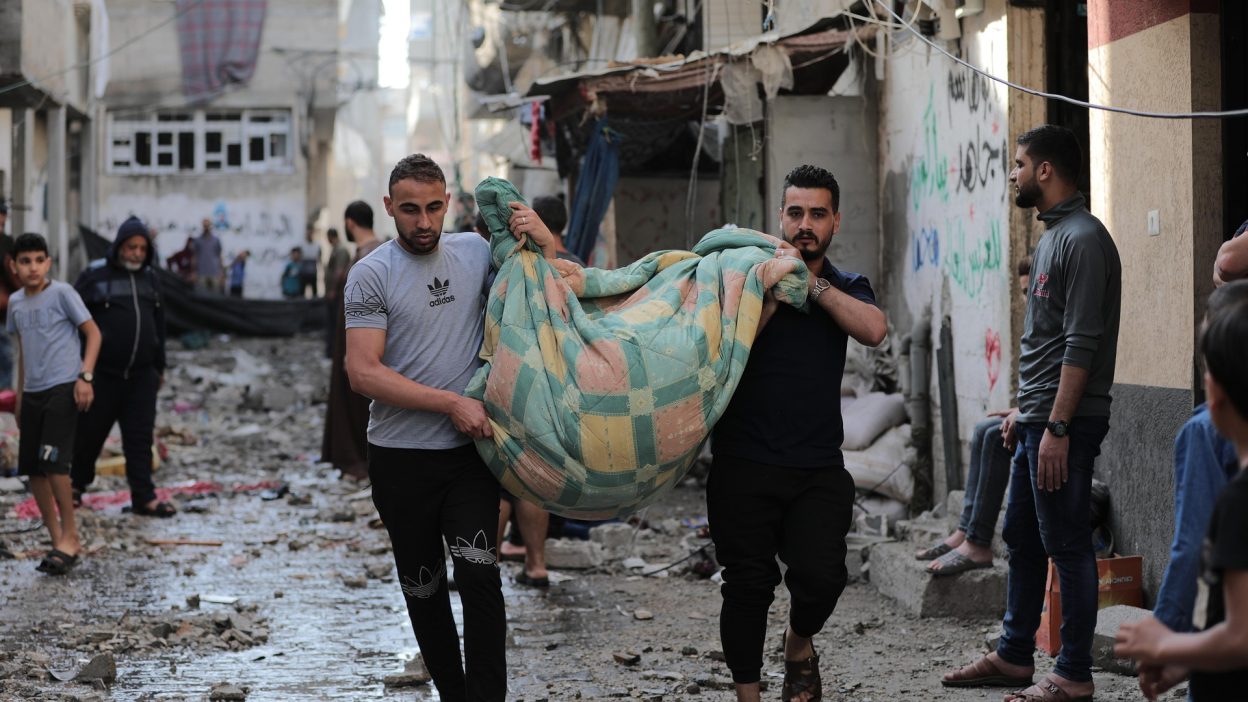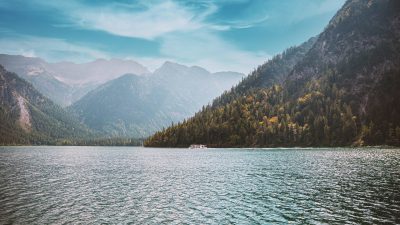How Dasht-E Bayaz And Ferdows Were Reduced To Rubble
The Earth Shook: How the 1968 Dasht-e Bayaz Earthquake Redefined Iran’s Seismic Reality
The 1968 Dasht-e Bayaz earthquake was one of Iran’s deadliest seismic events, leaving thousands dead and entire villages reduced to rubble. With a magnitude of 7.4, the quake struck on 31 August, followed by another powerful tremor in Ferdows on 1 September. The destruction was immense, with over 15,000 lives lost and countless more displaced.
Despite Iran’s vulnerability to seismic disasters, the response to the 1968 tragedy revealed major gaps in preparedness and emergency relief. The lack of immediate government action, coupled with poor infrastructure, intensified the suffering of survivors. This earthquake became a defining moment in Iran’s seismic history, exposing vulnerabilities that still haunt the nation today.
The Untold Truth Behind the 1968 Ferdows Earthquake: Was It Avoidable?
Iran has long been at risk of devastating earthquakes, yet warnings have often been ignored. The Ferdows earthquake, striking just a day after Dasht-e Bayaz, intensified the crisis, proving how unprepared authorities were. With a magnitude of 6.4, it caused further destruction, wiping out villages already weakened by the first quake.
Seismic experts argue that the disaster could have been mitigated with stricter building regulations and early warning systems. However, at the time, Iran lacked both the technology and policy enforcement to prevent such devastation. The government’s slow response only fuelled further controversy, as survivors were left stranded without immediate aid.
When the Ground Cracked: The Hidden Costs of the 1968 Iranian Earthquakes
- Beyond the Death Toll: While the official death toll exceeded 15,000, the true cost of the earthquakes was far greater. Families were torn apart, entire communities displaced, and local economies shattered. The psychological scars of losing loved ones and homes remain with survivors to this day.
- Economic Devastation: The affected regions relied heavily on agriculture, which was obliterated by the quakes. Livelihoods were destroyed overnight, plunging thousands into poverty. The government’s rebuilding efforts were slow, leaving many in a prolonged state of crisis.
- Environmental Consequences: The earthquakes altered the landscape, creating landslides and destroying irrigation systems vital for farming. Years later, the effects of these changes were still evident, with some regions struggling to recover their agricultural productivity.
Shattering Lives: The Overlooked Human Stories of the 1968 Earthquakes
Behind every statistic lies a personal tragedy. The 1968 earthquakes not only claimed lives but left countless people homeless, forcing them to start over with nothing. Survivors recount the horror of buildings collapsing around them, trapping loved ones beneath the rubble. Many lost everything in mere seconds.
Displacement was another major consequence. Entire families were forced to migrate in search of shelter and food. Relief efforts, slow and inadequate, left many without basic necessities for weeks. These stories highlight the immense human cost of the disaster, far beyond what the numbers suggest.
Why the 1968 Dasht-e Bayaz Quake Was More Devastating Than Official Reports Admit
The Iranian government’s official reports painted an incomplete picture of the disaster. Initial estimates placed the death toll at 12,000, but later revisions suggested over 15,000 perished. Many experts believe the real figure was even higher, as some deaths went unreported in remote villages.
Infrastructure failures were another reason for the high casualties. Poorly constructed homes crumbled instantly, leaving residents with no chance of survival. Despite Iran’s history of seismic activity, little was done to enforce stronger building regulations before the disaster.
Media coverage was also a major issue. Reports focused on the immediate aftermath but failed to highlight the long-term suffering of survivors. Many areas never fully recovered, and the government’s promises of aid were only partially fulfilled. The true devastation of the 1968 quake extends far beyond what was officially acknowledged.
The Aftermath of the 1968 Ferdows Earthquake: Did Iran’s Response Measure Up?
In the wake of the Ferdows earthquake, Iran’s response was widely criticised for being sluggish and insufficient. Emergency aid was slow to reach affected areas, leaving survivors without food, water, or medical assistance. Those who lost their homes were forced to live in makeshift shelters, exposed to harsh weather conditions.
The government’s reconstruction efforts were riddled with delays. While some regions were rebuilt relatively quickly, others languished in ruin for years. The disparity in aid distribution sparked outrage, with accusations of corruption and mismanagement surfacing in the years that followed. The earthquake exposed significant flaws in Iran’s disaster response system, many of which remain unresolved today.
A Wake-Up Call Ignored: Lessons Unlearned from the 1968 Iranian Earthquakes
- Seismic Research Stagnation: Despite the devastating quakes, Iran’s investment in earthquake research remained minimal for decades. Only in recent years has the country taken seismic monitoring seriously.
- Lack of Policy Reform: Stricter building codes were discussed post-1968, yet enforcement remained weak. Many structures in Iran still fail to meet earthquake-resistant standards, putting millions at risk.
- Public Awareness Deficit: Education on earthquake preparedness remains insufficient. The 1968 disaster should have been a turning point, yet many Iranians today remain unaware of basic safety protocols during earthquakes.
When Earthquake Strikes: How the 1968 Tragedies Exposed Iran’s Vulnerabilities
Iran’s geographic position makes it prone to earthquakes, yet the 1968 tragedies revealed just how unprepared the country was. Poorly built homes, lack of emergency plans, and weak government responses combined to make the disaster even worse than it needed to be.
Socioeconomic factors also played a role. Rural areas were hit hardest, as they had fewer resources and less government support. The disparity in how different regions were treated after the disaster highlighted deep inequalities that persist to this day. The 1968 quakes served as a grim warning – one that Iran has yet to fully heed.
The 1968 Earthquake Catastrophes: What the History Books Didn’t Tell You
While much has been written about the 1968 earthquakes, many key details remain overlooked. Reports from the time failed to acknowledge the full extent of the disaster, and some accounts were deliberately downplayed to maintain public order.
Leadership decisions during the crisis were also controversial. Delays in sending aid, failures in communication, and mismanagement of relief efforts all contributed to the immense suffering of survivors. The legacy of these earthquakes continues to influence disaster preparedness policies in Iran, though much work remains to be done.
Five Short FAQs:
- What caused the 1968 Dasht-e Bayaz and Ferdows earthquakes?
- The earthquakes resulted from movement along the Dasht-e-Bayaz Fault, a strike-slip fault in eastern Iran.
- How many people died in the 1968 earthquakes?
- Over 15,000 people were killed, with thousands more injured and displaced.
- Could the 1968 earthquakes have been predicted?
- At the time, Iran lacked the technology to predict earthquakes, though seismic signs may have been overlooked.
- How did the government respond to the disaster?
- The response was slow, with delays in aid and poor management of relief efforts leading to further suffering.
- What lessons were learned from the 1968 earthquakes?
- The disaster highlighted the need for better building regulations, improved emergency preparedness, and increased investment in seismic research.
Resources:
“1968 Dasht-e Bayaz and Ferdows earthquakes” – https://en.wikipedia.org/wiki/1968_Dasht-e_Bayaz_and_Ferdows_earthquakes
“Dasht-e-Bayaz earthquake of 31 August 1968: Iran” – https://unesdoc.unesco.org/ark:/48223/pf0000232716
“Active faulting and seismicity of the Dasht-e-Bayaz region, eastern Iran” – https://adsabs.harvard.edu/full/2004GeoJI.157..265W
“1968 Dasht-e-Bayaz (Iran) Earthquake Archive” – https://ds.iris.edu/seismo-archives/quakes/1968dasht-e-bayaz/




